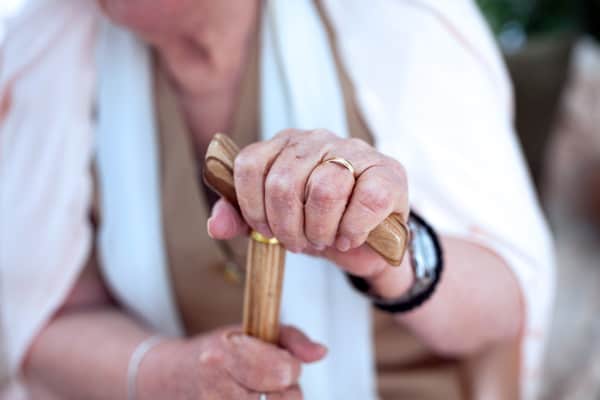Why more and more elderly people are rejecting institutional care, turning their backs on the traditional care home and opting to stay at home
It should come as no surprise to discover that the elderly population in the UK is getting bigger, and older. Age expectancy is increasing, in part due to people having a greater awareness of those things that can be detrimental to their health such as smoking, drinking excessively, poor diet and lack of exercise, but also to major breakthroughs in medical science. These breakthroughs have seen higher numbers of people recover from cancers, survive strokes and learn to live with heart conditions thanks to pacemakers and innovative surgical procedures.
Statistics don’t lie
According to the Office of National Statistics (ONS), each age group is seeing significant increases. However, it is the bracket for those over 85 years that bears watching closely in the future. By mid-2016 just 2% of the total population of the UK were aged 85 and over (1.6 million people). The projections indicated that this number is likely to double to 3.2 million by mid-2041 and that by the time we reach 2066, which really isn’t that far away, there will be a staggering 7% of the population in this age range.
The elderly population is on the increase, of this we should be in no doubt, and this means ensuring that there are sufficient resources in place to take care of everyone in their old age. In recent years social care is something that the current Government and their predecessors have been looking closely at with “home-first” and “personalised care” both being identified as an approach that should take priority in the care sector, making the role of a live in carer ever more important.
Home care is preferable
A report that was commissioned by the not-for profit organisation, The Live in Care Hub, has uncovered a startling statistic; 97% of elderly people simply do not want to move to institutional care, either nursing or residential homes, in their old age. The report was put together using published data and proprietary research from the world-renowned Personal Social Services Research Unit (PSSRU), a collaboration between the London School of Economics and the University of Kent. Analysis of the data contained within the report clearly indicates that older people are healthier and safer when cared for by professional carers in their own homes.
There could be a number of reasons that this figure is so high. The biggest is of course that people are far more aware of the different choices that are available to them and that care homes do not need to be the only solution. The live-in care revolution has been gaining momentum over the course of recent years. Thankfully, the aging population is more educated than ever before and have far more resources at their fingers tips to help them make informed choices for their future. In addition, more people own their own homes, they have worked hard to do so, and it is understandable that they would prefer to stay there for as long as they possibly can, something that live-in care allows them to do.
The Live-In Care Hub’s Better At Home Report is available to view in full or download.





